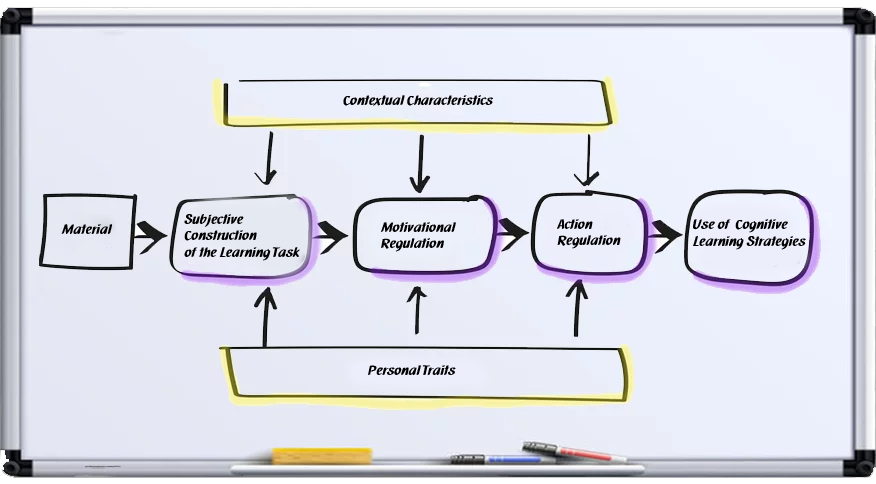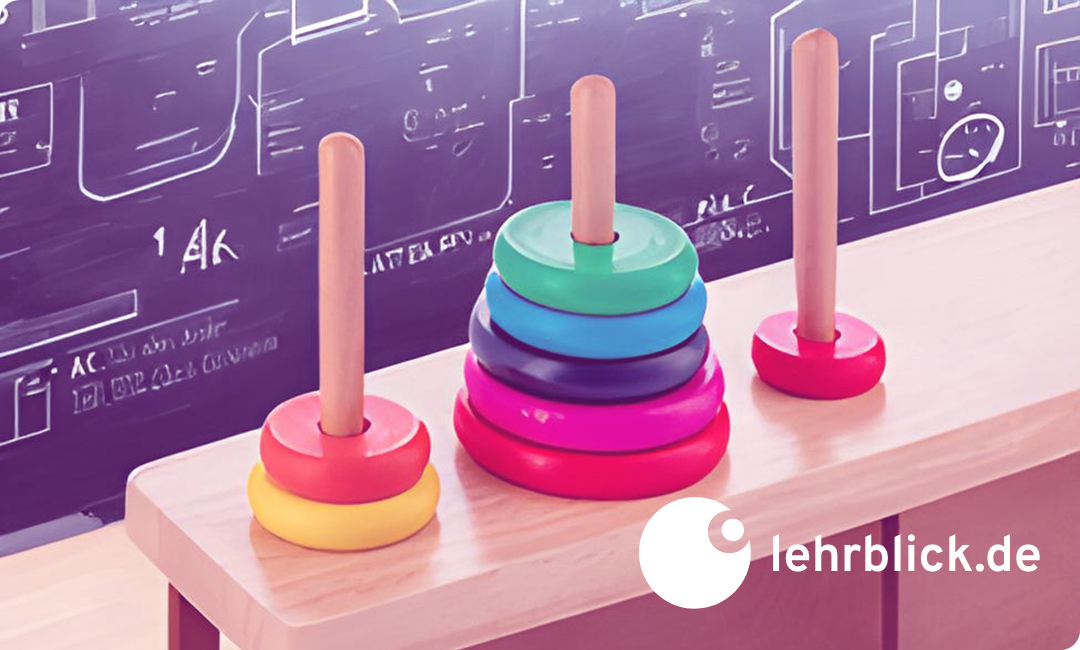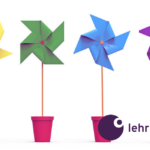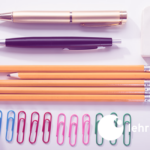Usually by the time the end of the semester rolls around, most students will have a relatively firm grip on whether a course or lecture they attended was “good,” or if it was disappointing. But what exactly makes or breaks a college course? What are some of the features that distinguish a good course from a bad one?
Quality Teaching is About Interacting with Students
It would be impossible to list off all the different features that make up an excellent college course in a single paragraph. However, we know that instructors play a crucial role in the quality of a given course. In a general sense of the word, teaching can be understood to mean “an activity that can be assumed to have an influence on the learning processes (learning) of others” (Leutner, 2019). In other words, teaching is never something that happens in a vacuum as an end in itself, independent of a “receptor” or audience. Rather, teaching is about interacting with others. If we were to summarize the chief characteristic of good teaching in higher education, it would read something like this: quality instruction is about interacting with your students. As a basic rule of thumb, we can therefore say that the better and more frequent the interaction between instructor and students, but also among students themselves, the higher the quality of instruction.
Good Teaching in Higher Education Fosters Different Learning Processes
The goal of engaged interaction between instructor and students is to make a positive impact on their learning processes. By that same token, then, we can also measure the quality of instruction by the degree to which student learning processes are actively being fostered. In turn, it makes sense to first get a feel for the way your students actually learn. Simply put, learning is defined as the amount of time students put in to actively engage with the coursework in order to reach a certain learning goal. This process is illustrated in a multi-phase model (Wild, 2000, see image 1):

The learning process starts by engaging with the material. This allows students to get a feel for what is expected of them as well as the types of activities that will help them solve a task or assignment in a goal-oriented manner (subjective construction of the learning task). The term task is in this case broadly defined to mean everything from memorizing terms or complex evaluations of hypotheses and theories.
The second step, motivational regulation, decides if students are willing to engage with the task at hand and which learning strategies they plan to employ. How students choose to engage with the material and what learning strategy they use is decided in the learning and action regulation phase. The final phase, use of cognitive learning strategies, involves the actual learning process and the cognitive processing of the task.
As can be seen in the phase model above, the learning process is influenced both through internal, personal traits as well as the context and environment in which students find themselves. Instructors and their way of teaching play an important role within these contextual characteristics, as they can significantly impact the success or failure of a given learning process.
There is no One Size Fits All When It Comes to Teaching
For research purposes, methods and strategies that have a positive impact on the learning process are empirically established to provide information about which teaching methods have the strongest effect on which learning goals for a particular participant. The way that these factors interact is very complex. That is why we can only make a case-by-case decision on the best possible learning environment for each student (e.g. in the context of a counseling meeting). In terms of practical implementation, it’s much more important to find clues as to the behavior that most frequently and independent of a specific setting has a positive impact on the learning process of students. Using well-validated and reliable evaluation tools is a great way to start doing so. They offer an overview of the dimensions and characteristics of good teaching that influence the learning process of students across disciplines and courses.
In order to best describe the different elements and dimensions of teaching quality, we at the Center for University and Academic Teaching Excellence have analyzed a plethora of reliable and well-validated evaluation forms (Hawelka & Hiltmann, 2018). To cover a broad spectrum of approaches, we used SEEQ, HILVE, and Fradov, three standardized evaluation tools that differ a lot in their development and approach. We analyzed the scales of these evaluation tools in terms of content according to their function in fostering the learning process and then assigned to the individual phases in the model.

Many Paths Lead to Rome… and Your Goals
The following video outlines how teachers can support their students in their learning process. The phases of motivation and action regulation were combined for this model, as both can be supported by the same didactic means.
From analyzing valid evaluation forms in order to glean insight into the dimensions of quality teaching and the model described above, we can illustrate how to foster learning processes in different phases. Good teaching is measured by the extent to which it succeeds in getting students to engage with specific learning content in a goal-oriented manner. Looking at the different dimensions, we can see that instructors have numerous options at their disposal to support the learning process through didactic action. Watch this space for bi-weekly blog posts on the latest in didactics in higher education, resources, tips, and methods!
References
Biggs, J. & Tang, C. (2011). Teaching for quality learning at university. What the student does (4th ed.). Maidenhead: Society for Research into Higher Education and Open University Press.
Hawelka, B. & Hiltmann, S. (2018). Teaching Analysis Poll – ein Kodierleitfaden zur Analyse qualitativer Evaluationsdaten. In M. Schmohr & K. Müller (Hrsg.), Gelingende Lehre: erkennen, entwickeln, etablieren (S. 73-92). Bielefeld: Bertelsmann.
Leutner, D. (2019). Lehren. In M. A. Wirtz (Hrsg.), Dorsch Lexikon der Psychologie. https://dorsch.hogrefe.com/stichwort/lehren.
Wild, K.-P. (2000). Lernstrategien im Studium. Strukturen und Bedingungen. Münster: Waxmann.
Suggestion for citation of this blog post: Hawelka, B (2021, March 25). What Does Quality Teaching in Higher Education Look Like? Lehrblick – ZHW Uni Regensburg. https://doi.org/10.5283/ZHW.20210325.EN
Our authors introduce themselves:



































































No Comments